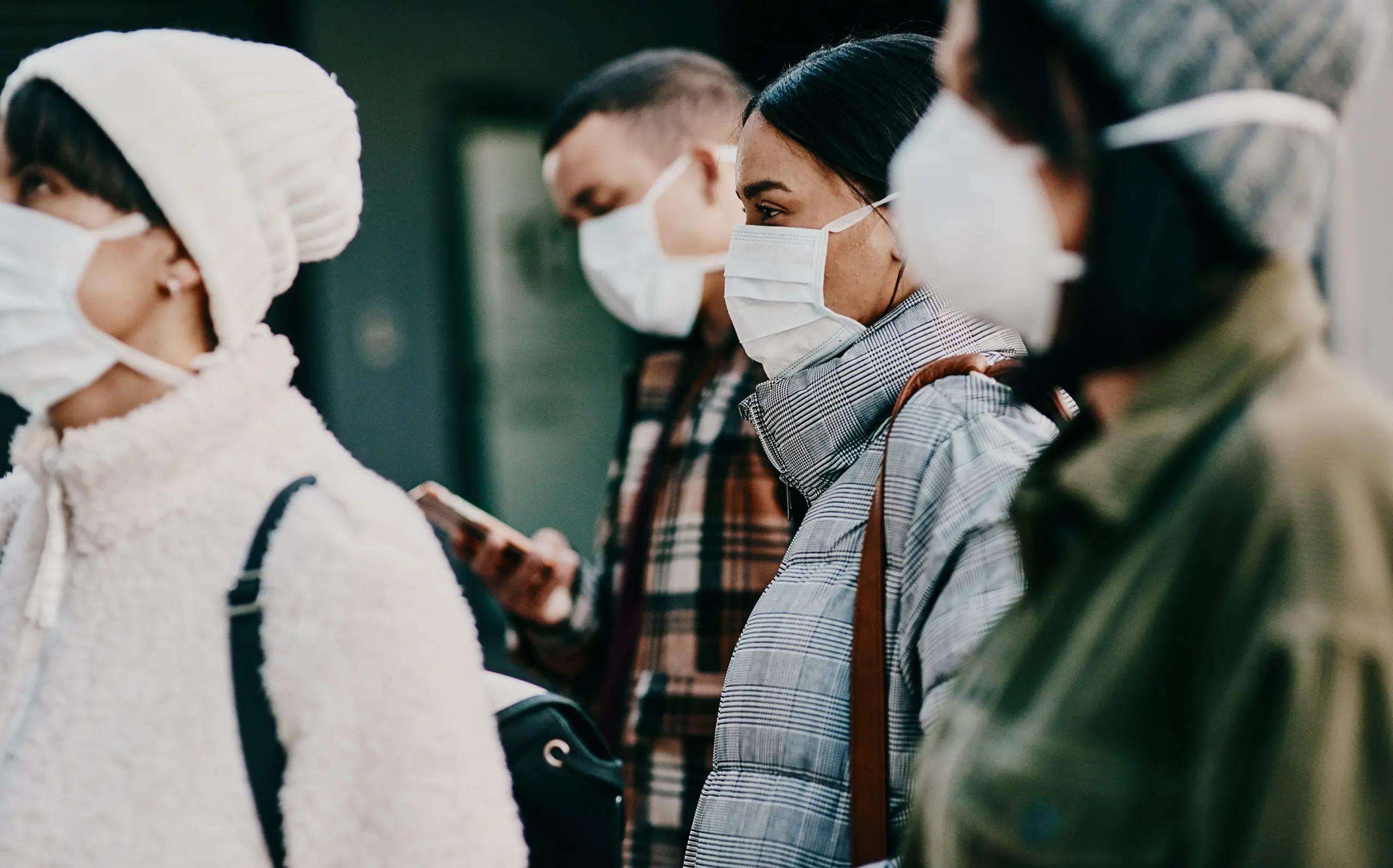
Prof. Jean-Philippe Bonardi
Managing Director, HEC-UNIL

Containing a pandemic is first and foremost a management problem: one has to find ways to reduce mobility and physical contacts in order to slow down the spread of the virus. We discuss and construct a novel database of internal and external lockdown measures around the world and analyze whether they helped reduce the spread of infections and the number of deaths.
We address the endogeneity of lockdowns by modeling anticipation effects. Our data cover 178 countries in the period from December 2019 to November 2020 and identify lockdown and release periods along with confirmed cases of infections and deaths resulting from COVID-19.
Overall, we find that lockdowns were effective, reduced mobility, and saved about 3.6 million lives in developed countries within 100 days after they were implemented. Measures taken within countries (rather than border closure) and partial lockdowns (instead of more constraining measures) were the most effective.
However, in developing countries, where the opportunity cost of staying home might be too high for people to comply, lockdowns were ineffective. Additionally, the release of lockdown measures, which started in mid-May 2020 in most countries, did not lead to a strong resurgence of the virus except for border closure releases.